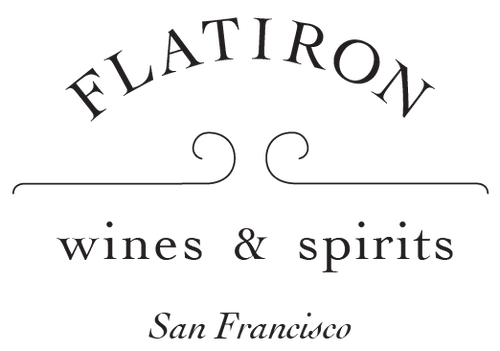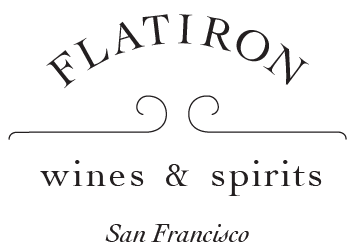Benanti
We can't discuss the wines of Sicily, and Mount Etna in particular, without referencing the incredible contributions made by the Benanti family over the past half century.
It goes without saying at this point... Read More
We can't discuss the wines of Sicily, and Mount Etna in particular, without referencing the incredible contributions made by the Benanti family over the past half century.
It goes without saying at this point that the wines of Etna are truly singular. The unique indigenous varieties, the incredible volcanic terroir and the backbreaking labor that goes into every bottle make for compelling, captivating wines. In the right hands, they walk a fine line between power (smoke, salt, firm tannins) and elegance (refined fruit and taut textures).
The fame of Sicilian wines has waxed and waned over the centuries. The Greeks and Romans prized the island's sweet wines (Julius Caesar was famously a fan); thousands of years later, continental Europe imported it in droves, and late in the 19th century, phylloxera laid total waste to the industry. By the middle of the 20th century, wine was an important export again, but this time, the wine was largely mass market swill, cheaply made and cheaply sold.
Giuseppe Benanti took the exploitation of his island's greatest treasure personally, and vowed to focus his energies on native varieties — most importantly Nerello Mascalese (and a bit of Nerello Cappuccio) for the reds, and Carricante for the whites — although, in keeping with the times, he did plant some of the more faddish international varieties, like Chardonnay and Pinot. In 1988, the winery was formally established, and in 1990, Benanti's first two wines were released, Pietra Marina Etna Bianco Superiore and Rovittello Etna Rosso.


